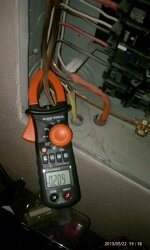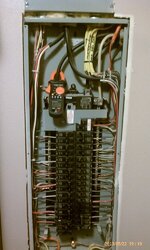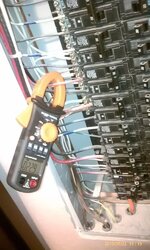jebatty
Minister of Fire
I think the evaluation would get too complicated if many more variables were added, and I would say that the numbers probably are pretty close to an "average" homeowner and give the homeowner a relative tool both to measure use against other users and to see how reduction in use moves the number up.
Gas is very clean in the most of the areas where coal is bad except that it too is a fossil fuel. The adverse effects of CO2 buildup in the atmosphere are not now good and will be much worse in the near term future.
Coal might be cleaner from particulates and noxious (other than CO2) emissions per btu, but because coal is a fossil fuel and adds CO2, and wood is not a net add to CO2, I would say that wood in general is cleaner although it may present problems in certain areas, as in fact it does. Plus, coal is located far away from users and the adverse effects are not seen but hidden in the upper atmosphere, to come down as acid rain, mercury pollution and more CO2. Coal's long term effects, which are now being seen, is not good for healthy living things. Many of the effects of burning wood are seen immediately, i.e. smoke, etc., and wood burning comes under closer scrutiny in part because of that.Can we presume coal is cleaner than wood? Wood is about the same as gas?
Gas is very clean in the most of the areas where coal is bad except that it too is a fossil fuel. The adverse effects of CO2 buildup in the atmosphere are not now good and will be much worse in the near term future.





 Even at those consumption levels, I'm paying over $1,000/year for gas and electricity.
Even at those consumption levels, I'm paying over $1,000/year for gas and electricity.
